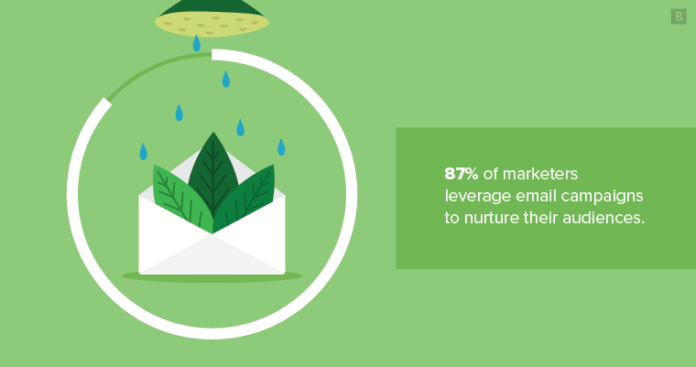There are many SaaS email marketing solutions designed for B2B marketers. Some offer robust customer relationship management features while others focus heavily on automating as much as possible. These email marketing platforms often include crucial features like unlimited emails and advanced segmentation, which help large organizations handle massive volumes of customer data.
We’d like to help you determine which enterprise-grade email marketing tools are best for your organization. The key is to choose a platform that aligns with your company’s unique needs, and we’re here to make that process easier for you.
Let’s dive straight in!
What Separates Enterprise Email Marketing Platforms From Mid-Market Tools?
There’s no shortage of email marketing software available online, but not all are well-suited to an enterprise environment. Mid-market and small business email automation solutions tend to have fewer features, less capacity and a lower price point.
Enterprise-level email marketing platforms have more robust features, plus the capacity to handle massive amounts of structured data. Organizations that operate in markets across the globe need solutions that can automate marketing campaigns within multiple jurisdictions and across unique target audience segments.
Such solutions often leverage advanced automation to manage complex workflows, ensuring marketers can send targeted messages with ease.
Important features to look for in an email marketing service include:
- High lead storage capacity: Email marketing tools designed for global businesses support huge numbers of leads. The processing power required to create value from all that data is a major contributor to the higher price point associated with enterprise software. These solutions may allow unlimited emails to accommodate large-scale communications that cater to diverse audience segments.
- Audience segmentation tools: Because enterprise businesses have such high quantities of leads, they require segmentation tools that make sure the right people receive the right messages at unique points along the sales funnel. Automation features and advanced segmentation capabilities help create effective email marketing strategies that resonate with each group.
- A/B testing: Also known as split testing, this function allows marketers to determine which campaign option is most effective at getting clicks. It’s a great way to scientifically understand which appeals resonate with different audiences and improve deliverability rates.
- Dynamic content capabilities: To better address the needs of multiple audience segments, enterprise email marketing solutions offer the ability to dynamically adjust content depending on various factors, including the recipient’s age, employer, purchase habits, personal interests and more. These automation workflows often integrate with CRM systems to filter customer data seamlessly.
- Automated lead scoring: The ability to score leads using consistent criteria between marketing and sales teams is valuable because it ensures resources are properly allocated to potential customers who are most likely to convert. Many email marketing platforms give stakeholders the ability to establish criteria based on unique triggers and key features within the automation tools.
- Custom reporting options: Visual reports help internal marketing stakeholders demonstrate the value of their work to leadership. Reports serve as a campaign monitor by tracking progress and revealing new opportunities. Any email service worth its salt will offer custom reporting functions.
- Robust customer support: Enterprise-grade software typically comes with access to a dedicated customer service team, which can help your marketing department troubleshoot technical issues and adjust strategy as needed. Having friendly email and phone assistance often contributes to more effective email marketing outcomes over time.

How Can Email Marketing Campaigns Benefit From Automation?
At the enterprise level, businesses require automated tools to support their email marketing efforts. Without them, it would be impossible to segment audiences and deliver hyper-personalized messages promptly.
Automated campaigns can send dynamic emails to leads when they set off specific triggers, ensuring messages go out at precisely the right moment and reflecting each recipient’s customer data points.
Here are a few common email marketing automation strategies:
- Welcome messages: When someone signs up for your email list, your automated tools can send out a welcome message that reminds the reader what your brand can do for them and encourages them to take the next step down the sales funnel. This type of automation features consistent branding and reliable deliverability rates.
- Product information: When a customer makes a purchase, signs up for a free demo or requests more information, your system can send them a relevant piece of content, such as an explanation of the product’s feature set. This strategy makes it easy to guide interested buyers at every stage.
- Customer feedback: If you want to know what your customers are thinking, the best thing to do is ask. Automated campaigns can deliver surveys and feedback forms that can provide valuable audience insights and better shape your marketing services.
- Important notices: Companies that offer subscription services can send out automated notices when the next billing period is about to begin or when something is set to expire.
- Reminders: When integrated with a scheduling system, automated email tools can deliver timely appointment reminders. Certain platforms may also integrate push notifications or SMS marketing to reach customers wherever they are.
- Birthday messages: Everyone likes to receive birthday greetings. Automated systems can send out coupons and well-wishes to customers on their special day, fostering a friendly email relationship.
- Lead nurturing: B2B marketers can support lead development by delivering content like case studies and whitepapers, depending on the lead’s score. This simplifies the process of aligning marketing and sales for effective overall email marketing.
- Event promotions: Using location information, automated solutions can invite subscribers to local events. Many marketing platforms empower you to fully customize these invitations using an intuitive email editor or a drag-and-drop editor.
How To Tell When Your Enterprise Email Marketing Campaigns Are Working or Failing
Email marketing is a strong channel in which to generate brand awareness and drive customer engagement because it is one of the most widely utilized communication technologies. So effective are email campaigns that 44% of email marketing pros swear by them for nurturing their audiences.
But how can you tell whether your campaigns are stagnating or actually creating value for your business? Consider these warning signs:
- Falling click-through and open rates: If your audience isn’t opening your transactional emails, they’re not going to move any further along the sales funnel. Consider using subject line A/B tests to determine which works best. This metric can also help you fine-tune your content marketing strategy by determining which assets resonate with your customers. Monitoring deliverability rates can help ensure your messages hit the inbox they’re intended for.
- Plateaued site traffic: For many email marketing campaigns, the primary goal is to drive users back to your website, where they can take another action. As your email list grows, your site traffic should likewise increase. If this isn’t the case, you may need to adjust your CTAs or utilize advanced features like dynamic content to recapture attention.
- High unsubscribe rate: Some people will inevitably unsubscribe from your email list, but when your subscriber acquisition rates begin to trend downward and your unsubscribe rate trends upward, it’s time to sound the alarm. You may need to revisit your campaign to determine if you are sending too many messages or if your content is no longer relevant to certain audience needs. In some cases, advanced segmentation can help isolate factors contributing to unsubscribes and provide an enlightened path forward.
- Slow email list growth: If your once-thriving email list has begun to slow down, you may need to inject new life into it by creating new content or a new promotional offer. Likewise, you may be able to spur growth by analyzing audience feedback and incorporating it into your next campaign.
- High click-through rate, low conversion rate: It’s frustrating to acquire site visitors only to have them bounce again. Obviously, your email marketing campaigns are successful at attracting customers, but there’s a disconnect before the conversion point. Integrating your email platform with a retargeting tool can help you recapture leads.
- Low levels of engagement: When you see engagement metrics like open rates begin to drop, it may indicate that your readers are growing weary of seeing the same promotional content over and over again. Consider sharing brand stories that aren’t explicitly trying to sell anything. Offering user-friendly email content and valuable educational resources can maintain audience interest.
The Top 6 Enterprise Email Marketing Platforms
There are many automated email marketing software solutions available, and we’ve highlighted six of the best platforms suitable for the enterprise. Each platform offers a variety of key features, such as advanced automation, robust customer data management and a user-friendly email editor, though each caters to slightly different needs and marketing services:
1. HubSpot

HubSpot, a widely recognized name in marketing automation, offers a powerful email marketing platform as part of its all-in-one CRM solution. It’s designed to streamline marketing efforts with easy-to-use tools for creating, managing and analyzing email campaigns.
HubSpot is particularly effective for organizations seeking a platform that integrates seamlessly with their broader marketing and sales strategies.

Benefits
- Integrated platform: HubSpot’s email marketing tool is part of its comprehensive CRM suite, allowing for smoother integration across your marketing, sales and customer service teams.
- Ease of use: The platform offers a user-friendly drag-and-drop editor for building emails, making it easy to create and customize campaigns even for non-technical users.
- Advanced segmentation: HubSpot enables businesses to leverage customer data to segment audiences effectively, ensuring personalized messaging that resonates with each group.
- Performance analytics: Marketers can track key metrics like open rates, click rates and conversions, offering insights to refine campaigns and improve deliverability rates.
Shortcomings
While HubSpot excels in its all-in-one approach, its paid plans can be expensive for smaller businesses. Additionally, some users may find that its advanced features require quite the learning curve, particularly for those entirely new to marketing automation.
2. Marketo
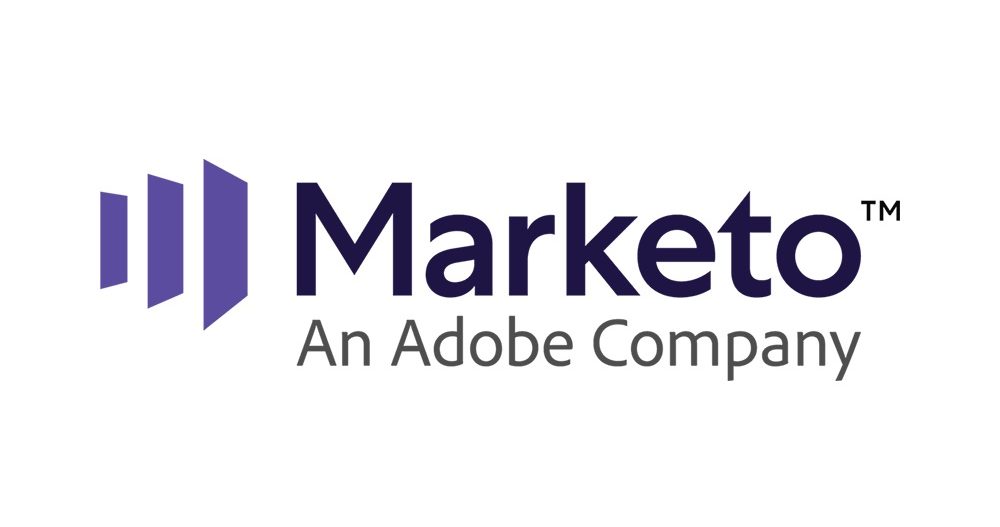
Marketo is really several solutions bundled into one cloud-based platform. In addition to the foundational email automation app, Marketo includes solutions for visualizing analytics, AI-powered content recommendations and digital ad management.

Organizations can purchase bundles of apps to gain exactly the functionality they need, creating a flexible marketing tool environment that can handle everything from advanced segmentation to push notifications (via integrations).
Benefits
- User tracking: Marketo makes it easy for marketing stakeholders to track and visualize the customer journey from start to finish. Its analytics reports pull in data from search traffic, site utilization and social media engagement, providing insights on how to refine automation features for more effective email marketing.
- Cross-channel integration: In addition to integrating with all the major customer relationship management solutions, Marketo can share data with a variety of third-party apps. Plus, the solution automates lead targeting to help align messaging between marketing and sales teams. This helps maintain consistent deliverability rates across your entire marketing lifecycle.
- Intuitive dashboards: Marketers can create custom dashboards and share them with team members. These dashboards often include key features like campaign performance, new lead metrics and advanced automation flowcharts.
Shortcomings
Designed for enterprise, Marketo may be too unwieldy for small or mid-sized marketing teams. Additionally, users report that the landing page editor is unintuitive, which may necessitate the purchase of a third-party solution. Some organizations prefer a user-friendly drag-and-drop editor with more robust options.
3. Pardot
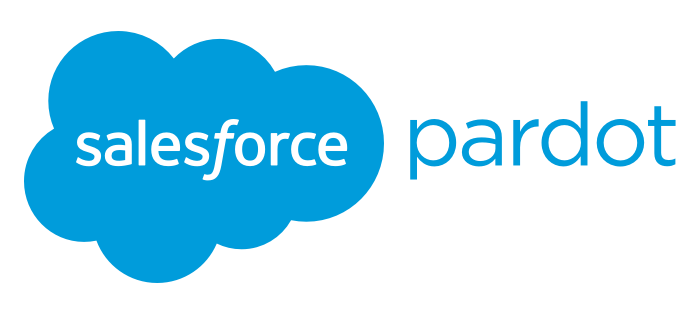
Part of the Salesforce suite of software solutions, Pardot has been one of the leading email automation platforms since launching in 2007. Designed for B2B marketers, Pardot is capable of handling massive lead lists for valuable drip campaigns.

Additionally, this solution seamlessly integrates with Salesforce Engage, a piece of software that creates data transparency between sales and marketing teams. Given its enterprise-level functionality, it can also integrate automation workflows and advanced features to refine each email campaign.
Benefits
Pardot’s feature list is long, but some of the highlights include:
- Automation: Marketers can create visual email templates with dynamic content, then set triggers to fully automate complex marketing campaigns.
- Robust integrations: In addition to sharing data with Engage, Pardot integrates with Salesforce CRM as well as other cloud-based apps. The marketing team can create mini-campaigns for the sales team to leverage while nurturing leads along the sales funnel. Likewise, integration with Google Ads makes it easy to analyze the keyword strategy of email campaigns.
- Custom reporting: By tracking internal activity and end-user engagement, Pardot can generate custom reports to track ROI and encourage process improvements over time. Some users may find them clunky, however. Still, these reports can help measure deliverability rates and other vital metrics for effective email marketing.
Shortcomings
Pardot is a very complex B2B marketing platform, so the initial learning curve can be a bit steep. Likewise, users may get overwhelmed by the sheer amount of features. Formal training may be required to get teams up to speed, and some small businesses may prefer a more user-friendly interface.
4. ActiveCampaign
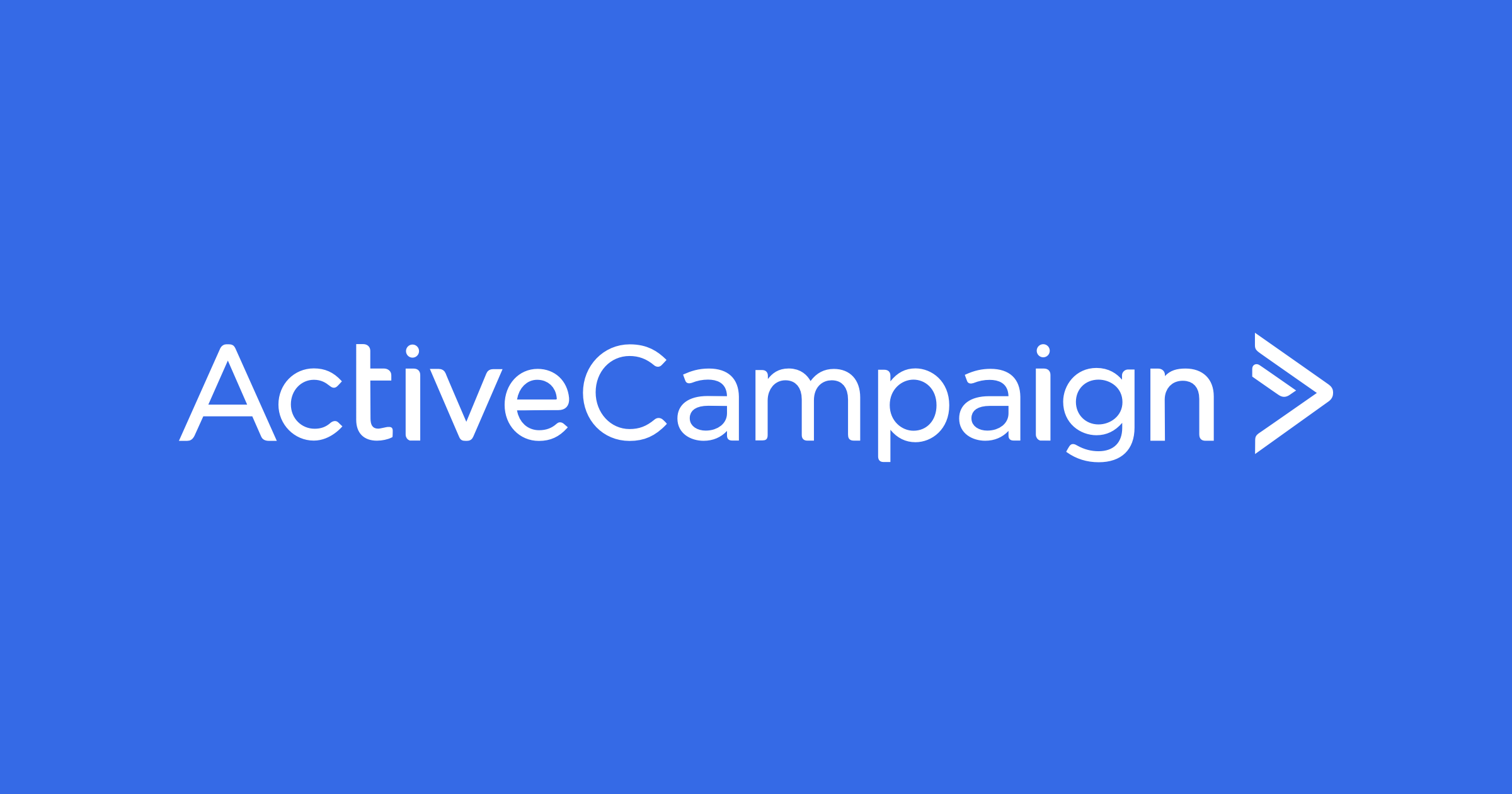
Though ActiveCampaign is less robust than some of the other solutions on this list, it can be useful for enterprise organizations that take a more lean and agile approach to email marketing campaigns.
In fact, ActiveCampaign aims to help its clients send fewer emails with better results. To do this, the solution comes bundled with an integrated CRM suite that can incorporate advanced segmentation and automation workflows more cohesively.
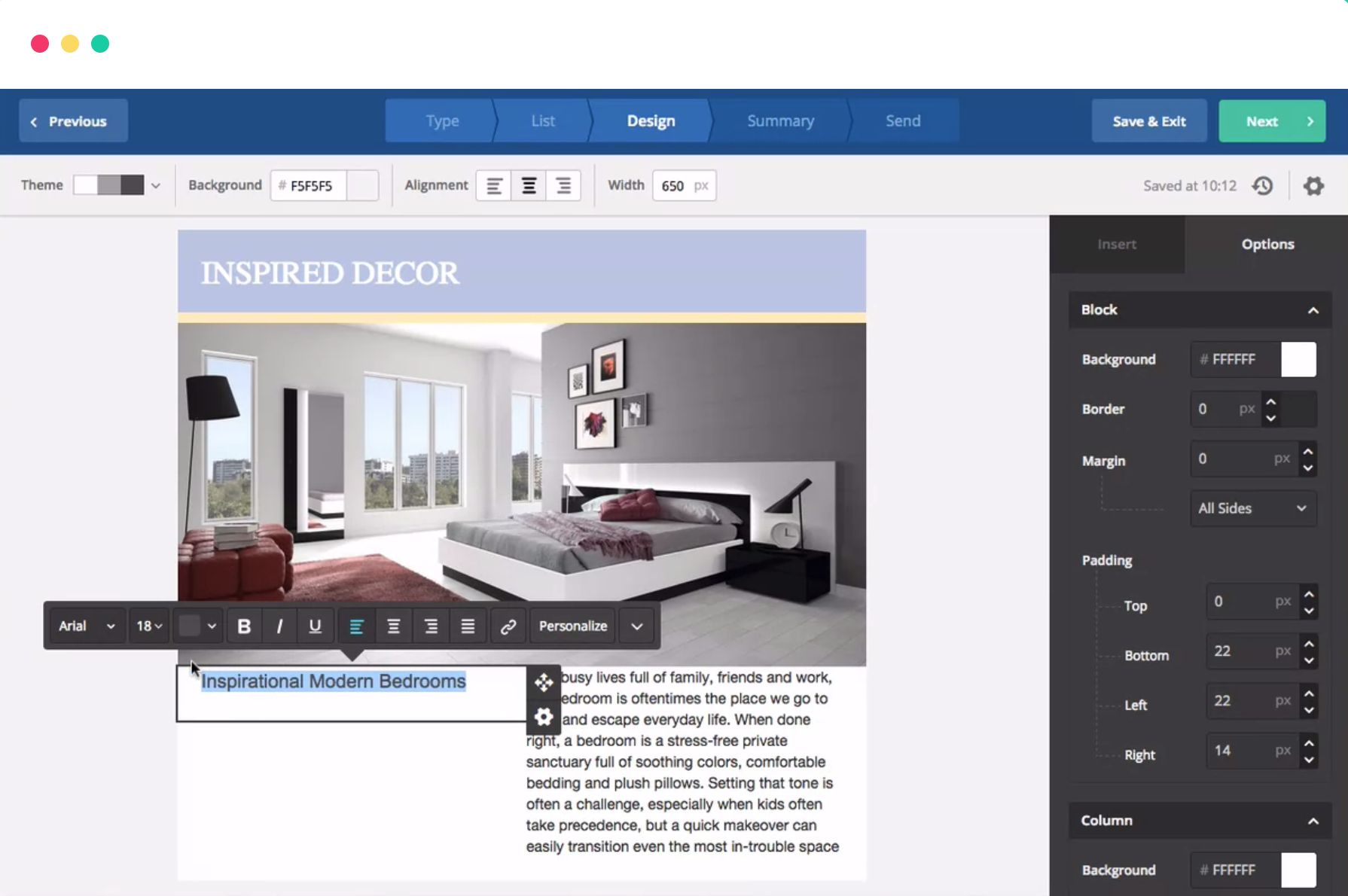
Benefits
- Easy automation: ActiveCampaign features an intuitive UX that makes it easier to hop into the software and start creating marketing campaigns quickly. Marketers can create email templates with dynamic content, set up triggers and then set their marketing campaigns to run automatically. These automation tools are easy to use and can enhance effective email marketing.
- Customer tracking: Using email click maps, geo-targeting and site engagement metrics, ActiveCampaign gives marketers a more complete picture of the customer journey. This approach can improve the customer data you use to refine deliverability rates and advanced segmentation.
- Free data migration: To appeal to customers coming from another email automation platform, ActiveCampaign offers free data migration for new customers.
- Multichannel features: Marketers can also send SMS messages, in-site messages and social posts all from the same application. Though it’s not as comprehensive as some larger enterprise-focused platforms, these capabilities still give you enough marketing services to launch cross-channel campaigns effectively.
Shortcomings
Organizations operating on a global scale may find that ActiveCampaign isn’t as powerful as other enterprise-grade solutions. It also doesn’t offer a landing page editor, and email compatibility testing is a separate, paid feature. For some enterprise users, deeper advanced automation and customer service support might be necessary.
5. SendinBlue

Beginning life as a digital agency, SendinBlue became a light-weight email marketing service with a substantial feature list. Unique among the solutions on this list, SendinBlue has a free tier that offers marketing campaign automation for up to 300 transactional emails per day.
Other plans are reasonably priced and come with important integrations, such as the ability to send SMS messages. This flexibility often appeals to small businesses as well as enterprise teams seeking cost-effective paid plans.
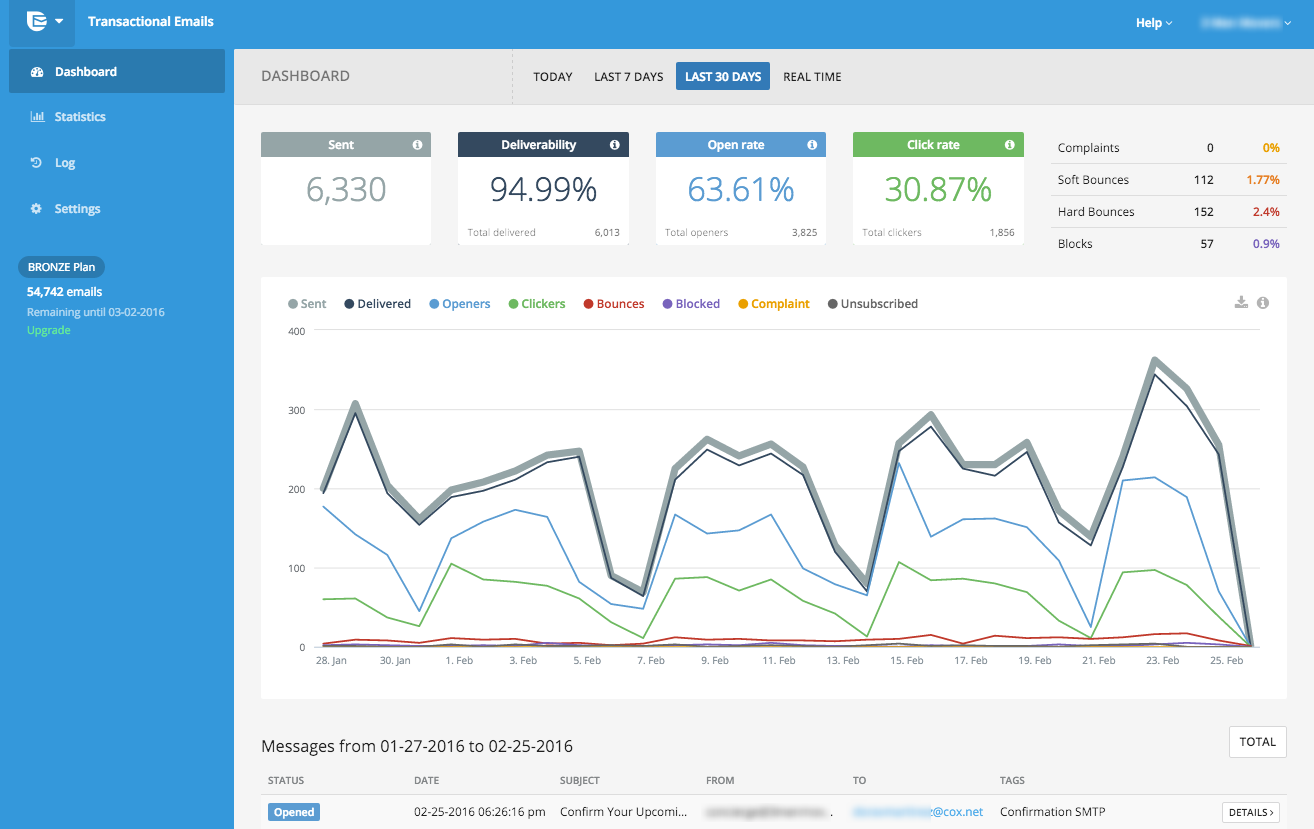
Benefits
- Workflow automation: SendinBlue is a solution that clearly values automation. Everything from trigger-based responses to delivery verification is automatic and easy to use. It also helps maintain deliverability rates by automating tasks that might otherwise be prone to errors.
- SMS functionality: As the mobile channel continues to grow in importance to marketing teams, the ability to connect with customers via SMS is quickly becoming an essential functionality. SendinBlue makes it simple to deliver text messages at various stages of the sales funnel, supplementing your email marketing efforts where needed most.
- Intuitive editor: The email and landing page editors bundled with SendinBlue have a low learning curve, so marketers can hop in, create the content they need and get it out the door quickly. This kind of user-friendly interface often contributes to a friendly email experience.
Shortcomings
SendinBlue has fewer CRM options and integrations than the other solutions on this list. Additionally, some users have noted that the lack of account-level permissions can create confusion within marketing teams. Enterprises that want deeper levels of advanced features might find this limiting.
6. Infusionsoft
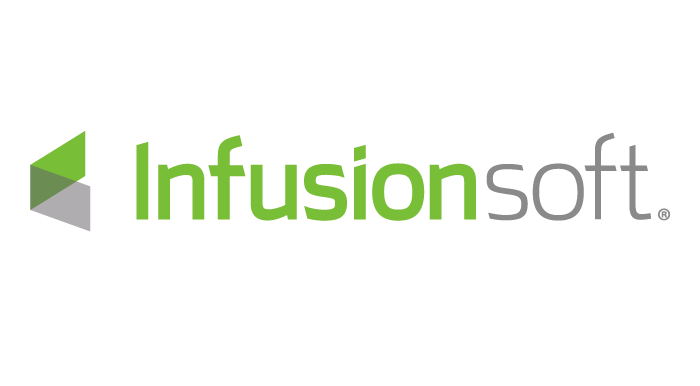
Infusionsoft may be a CRM first and an email platform second, but it still offers a comprehensive feature set that is easy to use. The software allows users to track customers across channels to better target messages at the right time.
Plus, its reporting features can help marketers demonstrate ROI to leadership. For enterprises needing straightforward automation features and robust e-commerce functionality, Infusionsoft can serve as a solid marketing tool.

Benefits
- Third-party integrations: Infusionsoft can talk to several other business applications, including Gmail, Outlook, Salesforce and QuickBooks. These integrations make automation workflows more seamless for marketers who need cross-functional data.
- E-commerce functionality: Compared to some of the other solutions on this list, Infusionsoft features solutions for e-commerce marketers, such as inventory management tools and promotions automation. This can also tie into unlimited emails for subscribers and customers at different stages of the funnel.
- Mobile device solutions: Stakeholders can access their Infusionsoft dashboard via iOS or Android app, making it possible to fine-tune campaigns and the overall marketing strategy on the go. This is especially helpful if you need to update advanced segmentation or send emails from a mobile environment.
Shortcomings
Infusionsoft doesn’t handle SMS messaging or website event tracking natively, which may make it difficult for marketers to fully integrate all of their tasks easily. Additionally, some users have noted that the UI hasn’t been updated as frequently as it once was. Businesses that require push notifications or a deep drag-and-drop editor might see limitations.
The Last Word on Email Marketing
Now that you know what tools to use, it’s time to craft email marketing campaigns that engage customers and drive value for your organization. Whether you opt for a solution that emphasizes automation tools, user-friendly workflows or advanced features like push notifications, the goal remains the same: Build effective email marketing strategies that resonate with your audience.
Let the automation begin!
Editor’s Note: Updated November 2025
